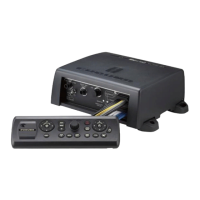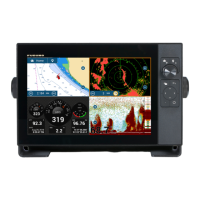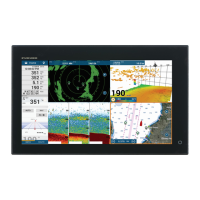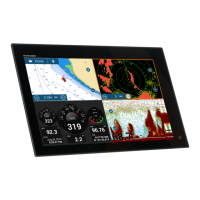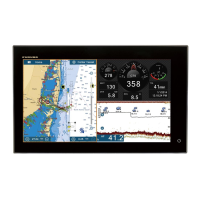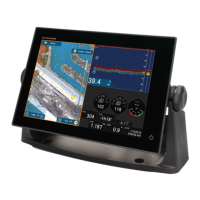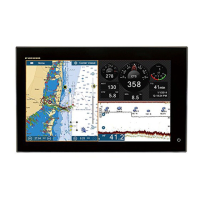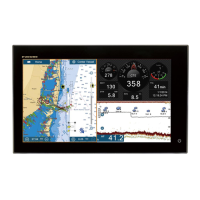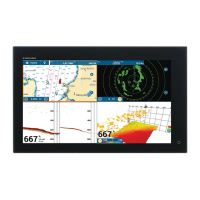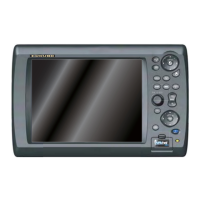15-1
15. MAINTENANCE, TROUBLE-
SHOOTING
This chapter has information about maintenance and troubleshooting that the user
can follow to care for the equipment.
15.1 Maintenance
Routine maintenance helps keep your equipment in good condition and prevents fu-
ture problems. Check the items shown in the table below to help keep your equipment
in good condition for years to come.
Check item Check point Remedy
Cables Check that all cables are
fastened. Check the cables
for corrosion.
Connect the cables that have loosened.
Replace any damaged cables.
Cabinet Dust on the cabinet Remove dust with a dry clean cloth. Do
not use commercial cleaners to clean
the equipment. Those cleaners can re-
move paint and markings.
LCD Dust on the LCD Wipe the LCD carefully to prevent
scratching, using tissue paper and an
LCD cleaner. To remove dirt or salt de-
posits, use an LCD cleaner, wiping
slowly with tissue paper so as to dis-
solve the dirt or salt. Change paper fre-
quently so the salt or dirt will not scratch
the LCD. Do not use solvents such as
thinner, acetone or benzene for clean-
ing. Also, do not use degreaser or anti-
fog solution, as they can strip the
coating from the LCD.
Waterdrops on the LCD Wipe the LCD with a dry cloth to remove
the water. Waterdrops on the LCD can
cause slow touch response.
WARNING
ELECTRICAL SHOCK HAZARD
Do not open the equipment.
Only qualified persons can
work inside the equipment.
NOTICE
Do not apply paint, anti-corrosive
sealant or contact spray to plastic
parts or equipment coating.
Those items contain products that can
damage plastic parts and equipment
coating.
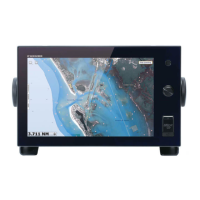
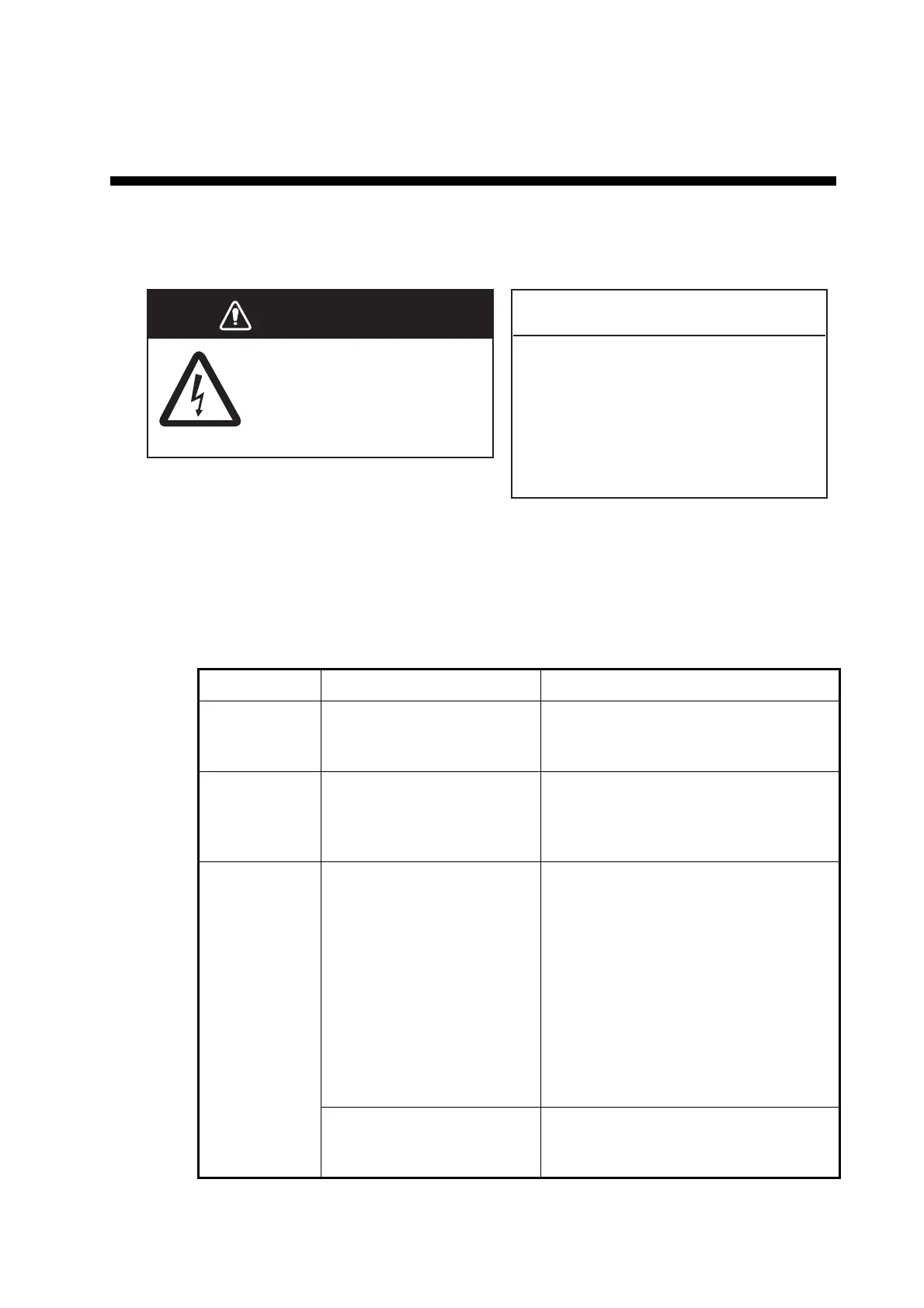